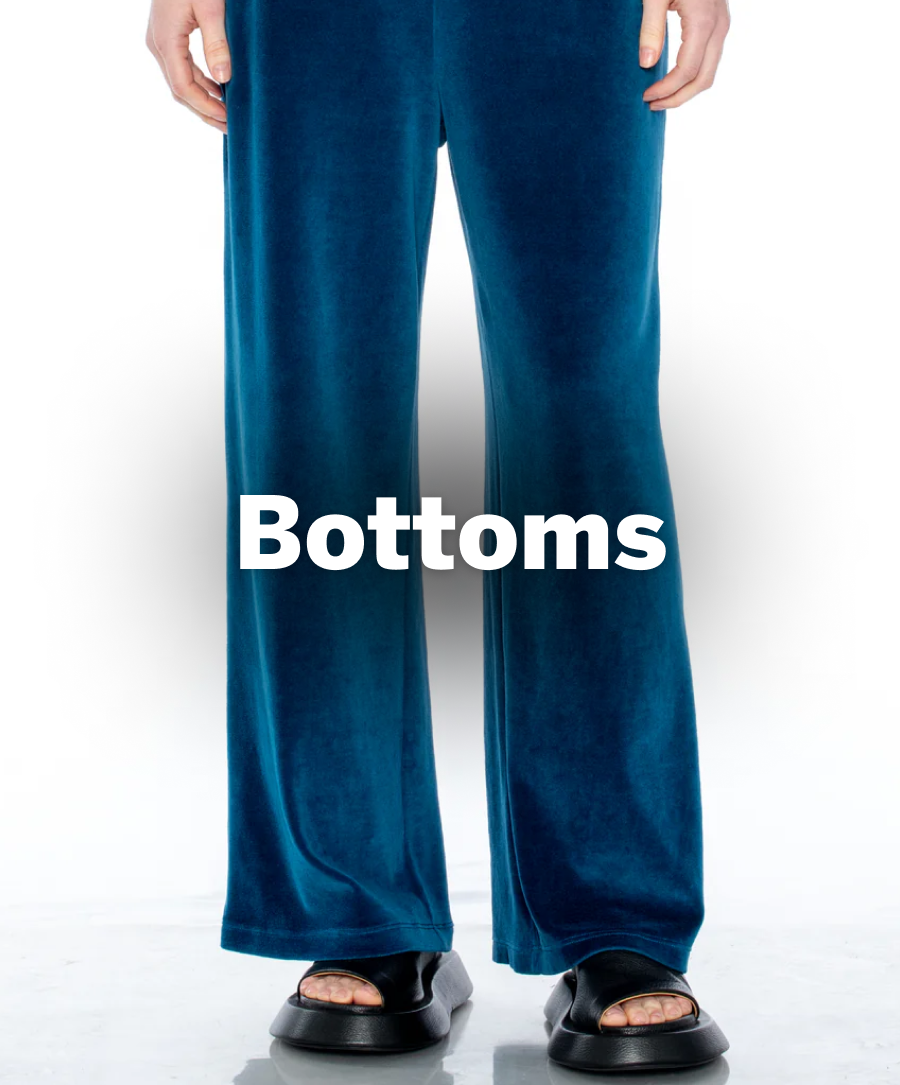
Understanding Fabric Abrasion: Preventing Tiny Holes in Your T-shirts
We all love our favorite T-shirts, don't we? They are comfortable, versatile, and the perfect go-to option for a casual look. However, there's a common frustration that many of us have experienced - those pesky tiny holes that seem to appear out of nowhere. You might be surprised to learn that the culprits behind these holes are not always low-quality fabrics but rather friction and abrasion caused by everyday interactions. In this blog, we'll delve into the reasons behind these tiny holes and explore practical ways to prevent them from ruining your favorite garments.
Understanding the Causes: Tiny holes in T-shirts, often referred to as "pilling" or "fabric abrasion," can occur even with high-quality fabrics. The primary cause of these holes is friction against metal hardware, such as buttons, zippers, rivets, and even the tough knots of thread around the fly in jeans. When the fabric repeatedly rubs against these rough surfaces, the fibers weaken and break, eventually leading to hole formation.
These holes are commonly found clustered in specific areas, such as around the waistline or belly button. The reason for this concentration is that the friction is intensified in these regions as the fabric continuously rubs against the metal hardware.
Let's take a closer look at the factors contributing to this clustering phenomenon:
1. Friction: Repeated rubbing or abrasion against rough surfaces, like seatbelt buckles or the edges of tables, can weaken the fibers and cause them to break or fray in concentrated areas. This can happen not only during regular wear but also while engaging in various activities where your T-shirt may come in contact with abrasive surfaces.
2. Washing and Drying: Vigorous washing and drying can also lead to fabric abrasion, especially when T-shirts are laundered alongside heavier items or clothing with zippers and buttons. The mechanical action during washing and drying can focus on specific regions, resulting in the clustering of tiny holes.
3. Material Interaction: Sometimes, the combination of materials between the T-shirt and another item, such as a backpack or bag, can create increased friction and accelerate fabric deterioration in localized areas. Pay attention to the materials that your T-shirt comes into contact with regularly to prevent excessive rubbing.
4. Stress Points: T-shirts, like any other garment, have stress points, such as seams or areas where the fabric is frequently stretched. These regions are more susceptible to pilling and hole formation due to the increased strain they experience.
Prevention Tips: Now that we understand the causes of these tiny holes, let's explore some practical actions you can take to minimize their occurrence:
1. Wash T-shirts Inside Out: Washing your T-shirts inside out will reduce direct friction on the outer surface during laundering. This simple step can significantly decrease the wear and tear on the fabric, keeping those holes at bay.
2. Use a Gentle Cycle and Cold Water: Opt for a gentle cycle and cold water when washing your T-shirts. This will help to prevent the fibers from weakening and reduce the impact of the mechanical action during washing.
3. Avoid Over-drying: Over-drying your T-shirts can cause the fibers to shrink and weaken. Use a low heat setting or consider air-drying to maintain the fabric's integrity.
4. Separate Rough Items: When doing laundry, avoid washing T-shirts with clothing items that have rough elements or potential sources of abrasion, such as jeans. Keeping them separate can protect your T-shirts from unnecessary friction.
Conclusion: Tiny holes in T-shirts are a common nuisance, but they can be effectively minimized with some simple preventive measures. By understanding the causes of fabric abrasion and adopting the recommended practices, you can extend the life of your cherished garments and enjoy wearing them for years to come. Preserve your favorite T-shirts, embrace these preventive actions, and say goodbye to those frustrating tiny holes!








